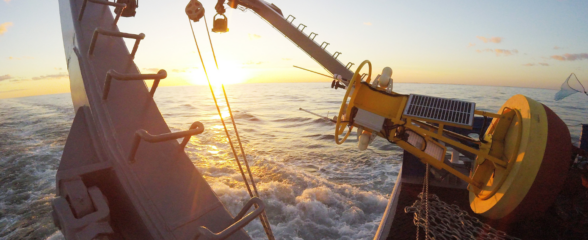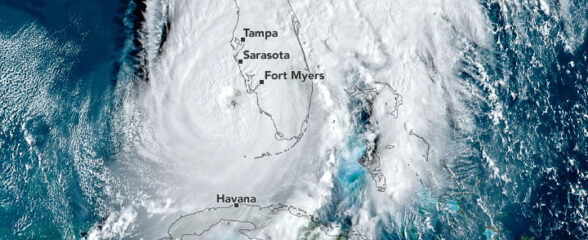
Rip currents are powerful, channelized currents of fast-moving water nearshore. They are prevalent along the East, Gulf, and West coasts of the United States. NOAA’s National Ocean Service, in collaboration with National Weather Service and other stakeholders, is implementing a new Rip Current Forecast Model (RCFM) in the Weather Forecast Offices of Morehead City, North Carolina and Miami, Florida. Ocean data is needed to validate the RCFM model and expand the forecast area.
SECOORA is partnering with NOAA to collect wave observations and visual rip current observations for Emerald Isle, NC. In 2015, SECOORA will be funding a project to address these gaps and collect the absent data. SECOORA is in the process of reviewing proposals. Check back at a later date for more information.
"Strong rip currents are a significant hazard for beachgoers. Our partnership with SECOORA on this project to help validate our wave model and rip current predictions is a key step in improving our rip current forecasts." – Richard S. Bandy, Meteorologist-in-Charge, NWS, Weather Forecast Office Newport/Morehead City, NC
Rip current modeling is important to ensure the public can have a safe day to enjoy the beach.
Related news

Funding Cuts to NOAA IOOS Will Hurt the Southeast
Proposed federal funding cuts would eliminate the IOOS Regional Observations budget for next year. Contrary to the budget Congress has already approved for this year, the Executive Branch wants these proposed cuts to go into effect in 2025.

SECOORA Webinar on the Rapid Intensification of Hurricane Ian: Warm Subsurface Water on the Wide Continental Shelf
Join us Thursday, April 24th at 12 PM ET for the April installment of the SECOORA Coastal Observing in Your Community Webinar Series! This month, we will hear from Dr. Yonggang Liu from the University of South Florida. He will discuss his research on the rapid intensification of Hurricane Ian in relation to anomalously warm subsurface water on the wide...

Webinar: SECOORA Data Portal Demo
Join us on Thursday, February 20, 2025 at 1:00 PM ET to learn more about the SECOORA Data Portal and how to navigate it. Axiom Data Science will be providing an overview of the portal, including how to search the Catalog and make a custom data view.